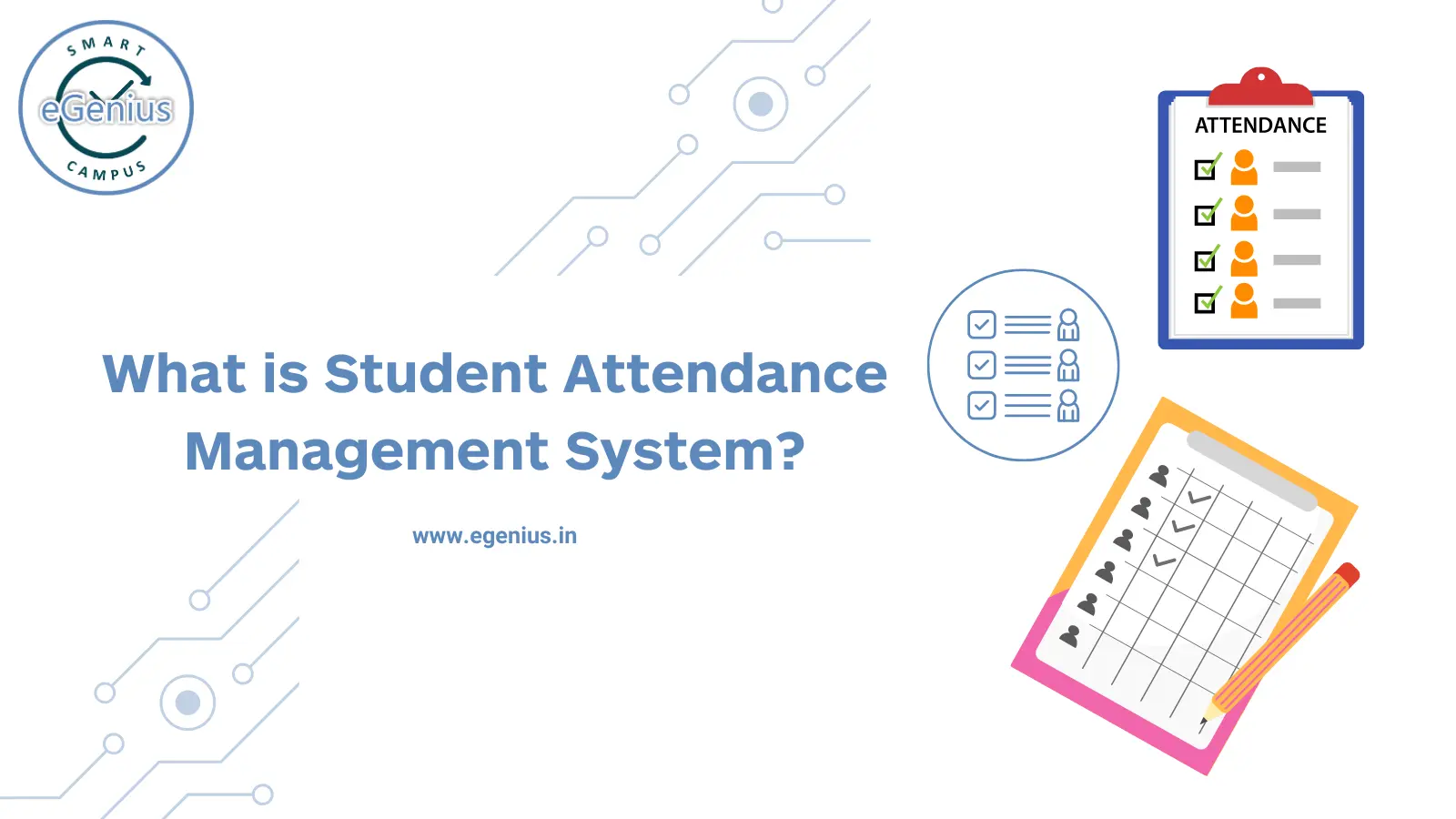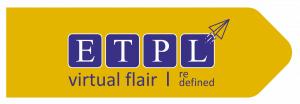Student Attendance Management System has turned out to be crucial assets for the application of productivity in the educational environment since they are employed for the identification of the presence of students and other such activities. This attendance tracker is a digital approach to the recording of attendance to eliminate traditional methods, which can be tedious and inaccurate. In this blog, we will discuss the basic expectations, advantages, execution process, difficulties, and future growth of the student attendance management system installation in the student industry, especially in educational institutes.
Core Features of a Student Attendance Management System
1) Automated Attendance Tracking
- Provides attendance information in terms of attendance through biometric systems, RFID cards, or mobile apps automatically.
- Saves the educator’s time and reduces mistakes due to human factors.
2) Real-Time Attendance Data
- Enhances true attendance rate and can be accessible to the teachers, administrators, and also the parents.
- Raising awareness of and improving the institution’s transparency and accountability.
3) Integration with Other Systems
- It is interoperable with the services of other educational management programs, like LMSs and SISs.
- It unifies leadership practice and brings coherency to management.
4) Customizable Reporting
- Registries allow capturing specific information about the frequency of students’ attendance, absenteeism, and tardiness.
- Can be personalized to suit the requirements of several levels of education and institutes.
5) Parental Notifications
- It automated procedures to notify the parent about the child’s attendance.
- Encourages parents to take part in school operations and raise an alarm when the child is absent more often.
6) Mobile Access
- Provides apps that support teachers as well as students in marking attendance and managing it on the go.
- Enhances convenience and accessibility.
Benefits of Implementing Student Attendance Management System
1) Enhanced Accuracy and Efficiency
- It also protects against human errors and takes the pressure off regular administrative activities of the educator.
2) Improved Student Engagement
- It enables schools to track the number of attendees in class to determine the factors that may be affecting learning.
3) Increased Parental Involvement
- Enables teachers to communicate effectively with parents on how their kids are faring at school/keep the parents abreast of their child’s performance at school.
4) Data-Driven Decision Making
- Is supported by attendance records and data to make decisions concerning students’ learning and resource usage.
5) Cost-Effective
- Eliminates the need to employ paper for attendance records in addition to saving the time and effort it takes to chronicle records manually.
Implementation Process
1) Needs Assessment
- It is critical to perform an initial evaluation to identify the problems and the requirements of the institution.
- Determine the interests that each stakeholder holds in the student attendance management system.
2) Vendor Selection
- Weigh your options and choose a trusted provider that can provide a flexible and comprehensive automated student attendance system that meets your requirements.
- Check factors such as price, number of functionalities provided, customer support, and the ability to expand or grow.
3) System Integration
- Implement the new system and keep the connectivity on the current educational management system.
- Allow for the smooth sharing and replication between different platforms.
4) Training and Development
- In the areas of training for the system especially for teachers, administrators, and students.
- Provide the content with constant updates and support when a particular problem or update arises.
5) Pilot Testing
- Test the system to ensure that it is effective and to identify any areas of possible problems in it.
- Make changes where necessary and present it to customers for a few more adjustments before full rollout.
6) Full-Scale Implementation
- Deploy the system to run across the institution for student attendance.
- Support the system in the background and monitor it for any problems that may arise.
Challenges and Solutions
Resistance to Change
Solution: Steps to handle resistance to change: Change management is the process of helping employees embrace alteration in existing systems.
Data Privacy Concerns
Solution: Follow the guidelines regarding the protection of individual data from any kind of loss and prevent unauthorized distribution: encryption of data and observance of privacy and data protection regulations.
Technical Issues
Solution: Choose a trusted supplier and rely on ongoing tech support and annual maintenance.
Cost Constraints
Solution: Research the long-term return on investment and cost savings of this system and plan out a rollout over time to handle budgetary considerations.
Integration with Legacy Systems
Solution: Consult IT professionals regularly and have them try to fix any integration failures that may arise.
Future Trends in Student Attendance Management
AI and Machine Learning
- Implementation of artificial intelligence and machine learning techniques for the missed classes and dropping out of students.
Cloud-Based Solutions
- An increase in the rate of organizations subscribing to cloud-based student attendance management system for more freedom and growth.
Advanced Biometric Technologies
- Integration of modern biometric methods and techniques for more accurate and secure attendance signing systems, including the use of facial recognition.
Enhanced Data Analytics
- The use of real-time data analytics to acquire student behavior and performance data.
Mobile and Remote Learning Integration
- Connection with mobile and other distance learning management systems to account for students’ participation in ‘virtual classrooms’.
eGenius student attendance management system is an essential part of modern educational institutions that provides many positive advantages: high accuracy in keeping student’s records, their engagement, and the overall system’s efficiency. Through automation of the attendance-taking process, integration of other systems within institutions, and instant accessibility to relevant data, these systems not only make the administrative processes easier but also promote the quality of education itself. While the use of a student attendance management system presents several obstacles in its incorporation, it can still be carried out efficiently with proper planning and administration. In the future, technology will be a major influence on the student attendance management system and continue playing a fundamental role in education management. These systems change the methods in which such institutions operate especially in that they ease the burden of using data to drive processes as well as promote more student-oriented learning.
Learn more about Campus Management System.














